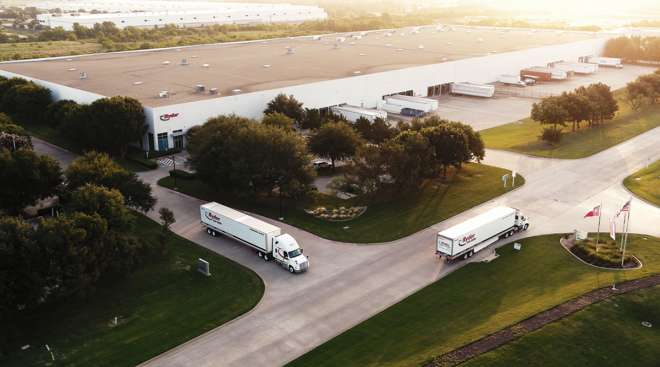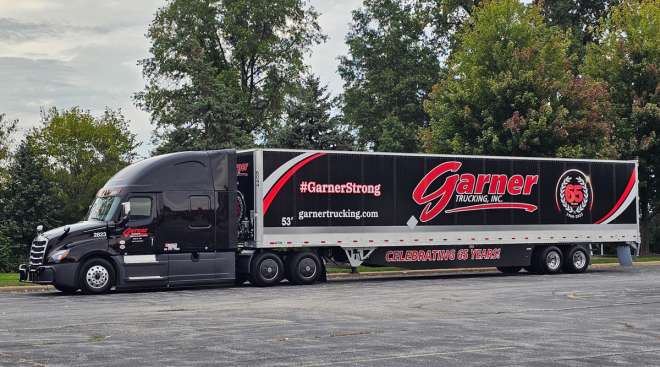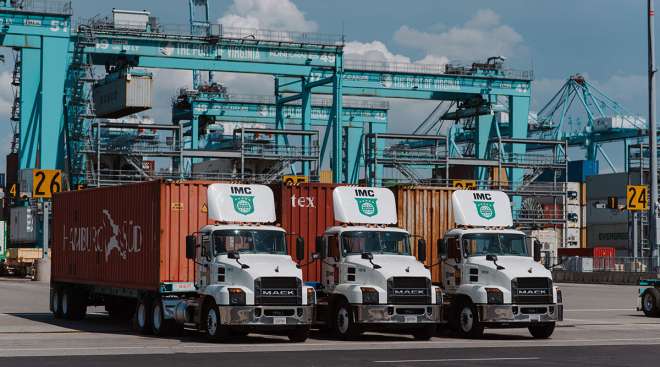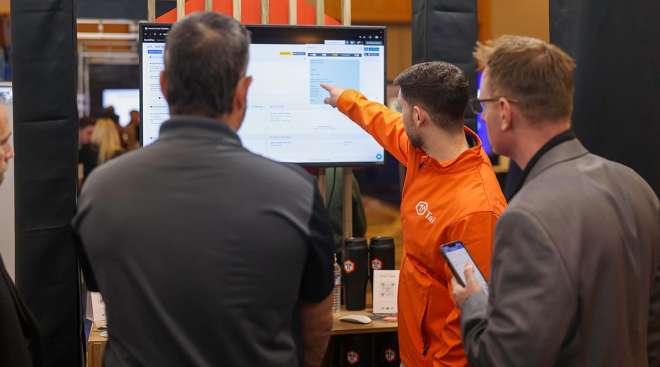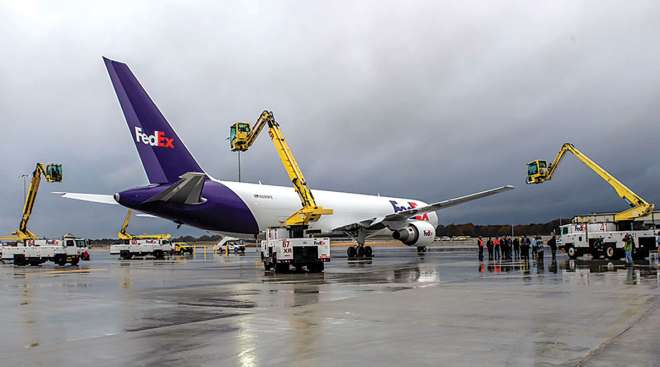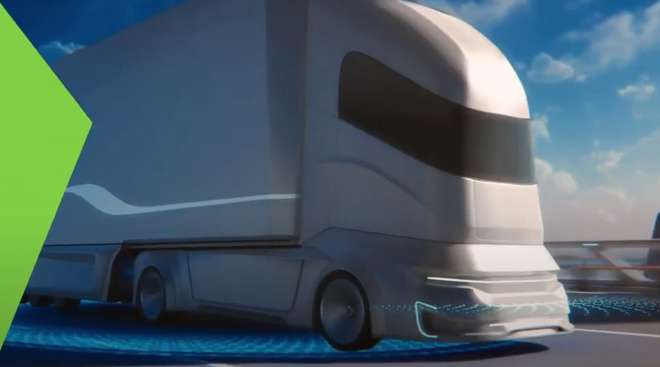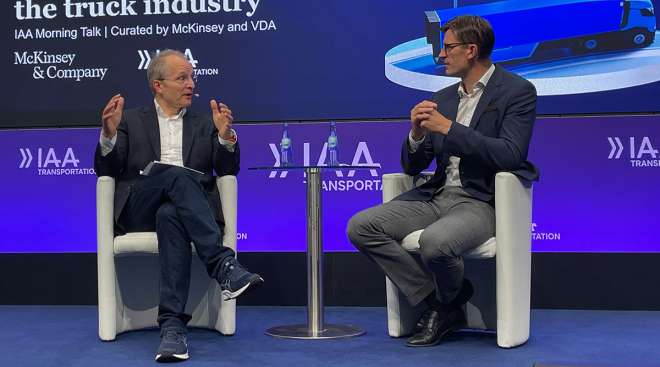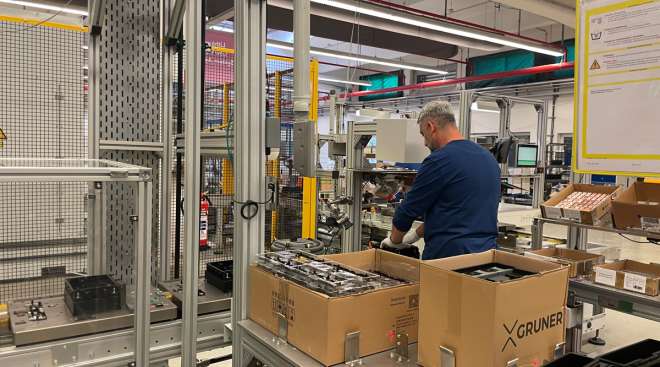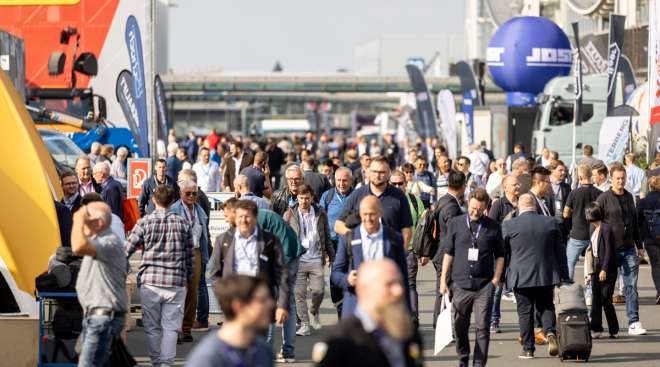How Shippers Navigate Risk in a Fragmented Freight Market
With delivery expectations climbing and freight fraud concerns lingering, shippers and logistics providers have had to step up efforts to vet and verify carriers.
Trucking CFOs, Leaders Eye 2025 Recovery With Tight Budgets
Carriers are grappling with a tough freight market, relying on cost-cutting measures, operational efficiency and strategic revenue opportunities to stay ahead.
How AI Is Shaping the Next Generation of TMS Development
Transportation management systems are beginning to integrate artificial intelligence to unlock new levels of automation, improve decision-making and enable greater configurability.
TMS Software Providers Tailor Offerings to Meet Fleets' Needs
In an industry as diverse as freight transportation, the operational needs and priorities of one trucking business can vary drastically from those of the next.
TMS Products for Freight Brokerages Focus on Efficiency
Transportation management systems have evolved to address the specific pain points of freight brokers as they bridge shippers’ needs with carrier capacity.
Looking Up: Airfreight Demand Takes Off in 2024
Demand for global air cargo traffic continues to increase amid e-commerce growth and ocean shipping constraints, driving prices higher as carriers and airports seek new efficiencies to maximize capacity.
Fleet Advantage Program Aligns EV, Diesel Pricing
HANOVER, Germany — Fleet Advantage’s EV Path aims to create more digestible investment terms for fleets and bridge the financial gap between traditional diesel fuel vehicles and EVs.
Increased Connectivity Is Driving Innovation and Automation
HANOVER, Germany — New vehicle architectures and connectivity are enabling data sharing, value-added services and new solutions for fleets and equipment manufacturers.
Clarios Pilots AI-Enhanced Battery Monitoring for Fleets
Clarios is introducing technology that predicts battery health, informing drivers, fleet managers and maintenance teams of a battery’s status.
IAA Transportation Sets Attendance Records in Hanover
The number of attendees jumped to 145,000, about 10% more than the last event in 2022.


